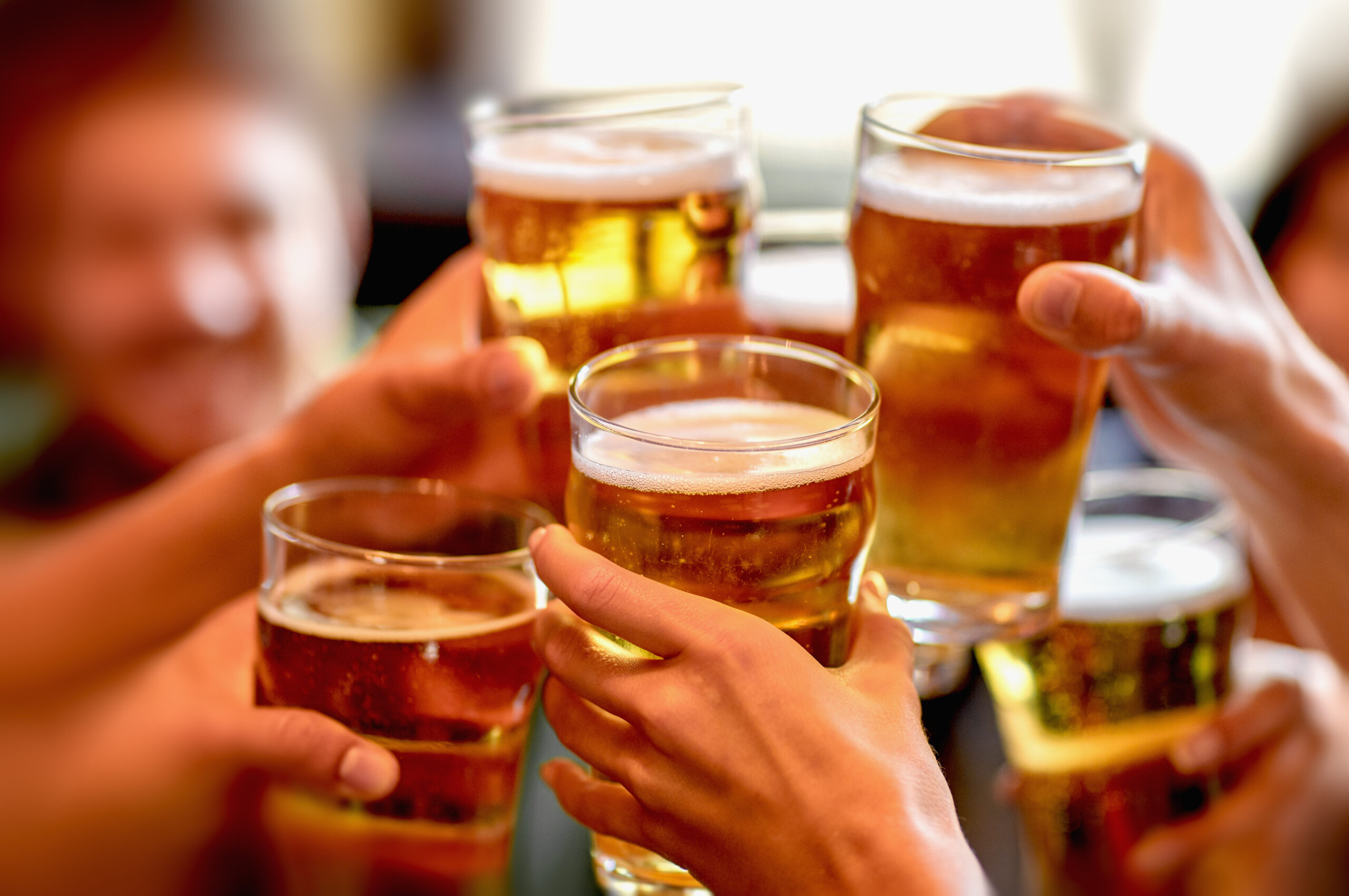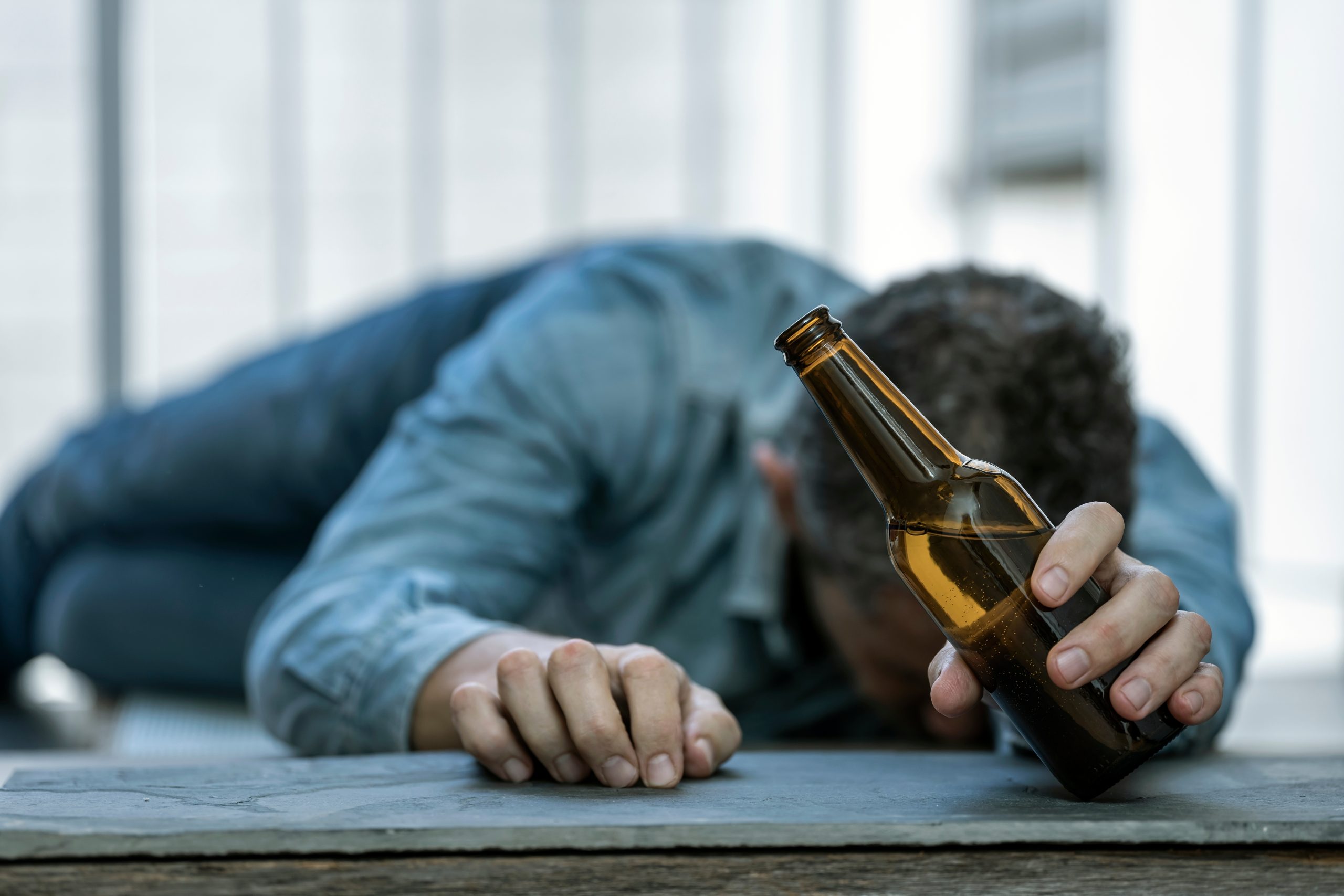Every sip of alcohol quietly raises your risk of oral cancer—yet most people have no idea just how swiftly that risk multiplies, or why it’s impossible to drink “safely.”
Story Overview
- Alcohol is classified as a Group 1 carcinogen, directly linked to oral cancer.
- Even light drinking increases risk, with heavy drinking multiplying it fivefold.
- Alcohol’s damage is compounded by tobacco and poor oral hygiene.
- Survival rates remain low, and incidence is rising among adults over 55.
Alcohol’s Carcinogenic Power: What the Science Reveals
Cancer researchers and clinicians agree on one unflinching fact: alcohol does not play fair with your cells. The International Agency for Research on Cancer first classified alcohol as a Group 1 carcinogen in 2007, cementing its reputation as a cancer-causing agent on par with tobacco and asbestos. This isn’t speculation; it’s based on decades of epidemiological data and laboratory findings showing direct links between alcohol consumption and mutations in mouth, tongue, and throat tissues. Even moderate drinking, once thought harmless, is now implicated in raising oral cancer risk—while heavy drinking increases risk by five times or more.
Most oral cancer cases occur in men, with white populations disproportionately affected. The average patient is 64 years old, but more than one in five cases strike before age 55. These cancers are stealthy, often going undetected until advanced stages. The American Cancer Society estimates that nearly 60,000 Americans will be diagnosed with oral cavity or oropharyngeal cancer this year, and over 12,700 will die from the disease. Survival rates haven’t budged much, hovering around 57% at five years. This is not a niche health issue—it’s a looming epidemic for older adults.
How Alcohol Damages Your Mouth from the Inside Out
Alcohol’s carcinogenicity is multi-pronged. Upon entering your system, alcohol metabolizes into acetaldehyde—a potent toxin that directly damages DNA and impairs cellular repair. Chronic inflammation sets in, creating a fertile ground for malignant transformation. Alcohol also disrupts the oral microbiome, reducing beneficial bacteria and increasing the risk of gum disease, which itself is a risk factor for cancer. Nutrient absorption suffers; folate, vitamins A, C, and E—all crucial for cellular health—become harder to absorb, leaving your mouth’s defenses battered. These mechanisms operate synergistically, amplifying the threat with every drink.
Combine alcohol with tobacco, and the danger multiplies exponentially. Studies show that individuals who both drink and smoke face oral cancer risks far beyond either habit alone. The two substances interact, creating a toxic storm that overwhelms normal cellular defenses. Even those who brush and floss diligently are not immune if they drink regularly—oral hygiene helps, but cannot fully counteract alcohol’s carcinogenic effects.
Prevention and Practical Advice: What Experts Recommend
Oncologists, dietitians, and dentists converge on several key recommendations. First, reduce or avoid alcohol entirely, especially if you smoke or have a family history of cancer. There is no truly “safe” threshold; risk rises with each drink. Second, maintain excellent oral hygiene—brushing, flossing, and regular dental checkups are critical. Third, adopt a nutrient-rich diet, emphasizing fresh fruits, vegetables, and whole grains to support immune function and tissue repair. Fourth, quit tobacco in all forms. Finally, seek prompt evaluation for any persistent mouth sores, lumps, or changes; early detection remains the best hope for survival.
Public health campaigns now focus on educating high-risk groups and pushing for stronger alcohol warning labels. The alcohol industry resists such measures, citing economic impact and consumer choice, but the evidence is unequivocal. Policy makers and advocacy groups are pressing for change, hoping to curb a preventable epidemic.
The Hidden Costs and the Road Ahead
Treating oral cancer is costly—not just in dollars, but in lost productivity, family stress, and diminished quality of life. The economic burden falls heavily on older adults and the healthcare system, as late-stage cancers require extensive surgery, radiation, and chemotherapy. Social stigma and disparities in access to care further complicate outcomes, especially among lower-income populations. Political pressure is mounting for action: increased taxation, mandatory warning labels, and restrictions on marketing alcohol to vulnerable groups are all on the table.
Survival rates have improved slightly for HPV-related oropharyngeal cancers, thanks to advances in immunotherapy, but alcohol-related cases stubbornly resist progress. Experts remain steadfast—prevention is the only effective cure. If public health measures take hold and individuals heed the warning, incidence and mortality could finally decline. Until then, every glass of wine, beer, or spirits is a calculated risk—one that tends to add up more quickly than most realize.
Sources:
American Cancer Society: Key Statistics for Oral Cavity and Oropharyngeal Cancers
Oral Cancer Foundation: Oral Cancer Facts








